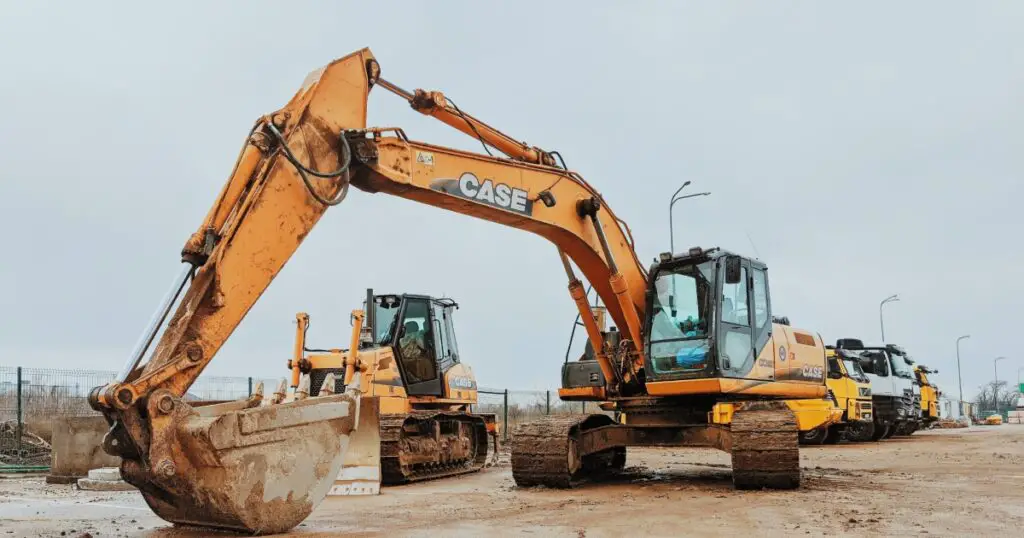- Kenya has allocated $514 million in road improvements across the country.
- This is a 22.2 percent increase in the funds allocated for road maintenance for the full year FY2021/2022.
- KeNHA is set to receive the largest share of the budget totalling to $212 million
Kenya has allocated $514 million in road improvements across the country for the year 2022/2023, a 22.2 percent increase in the funds allocated for road maintenance for the 2021/2022 full year.
Latest data from the Kenya Roads Board Annual Public Roads Programme 2022/2023 report indicate that money was allocated to Kenya National Highway Authority (KeNHA), Kenya Urban Roads Authority (KURA), Kenya Rural Roads Authority (KeRRA), Kenya Wildlife Service (KWS), and Roads Sector Investment Programme Gaps (RSIPG), for the purpose of maintenance and restoration of public roads.
According to the report, KeNHA is set to receive the largest share of the budget totalling to $212 million with KURA, KeRRA, KWS, and RSIPG each set to receive $77 million, $165 million, $4.5 million, and $54.3 million, respectively, for revamping and maintaining their respective road projects.
“Furthermore, the total road network to be covered under the Annual Public Roads Programme (APRP) increased by 5.3 percent to 50,978 km in FY’2022/2023 from 48,418 km in FY’2021/2022. This represents 31.5 percent of the total Classified National Trunk Road Network which is at 162,055 km and 20.7 percent of the total national road network which is currently at 246,757 km,” the report states.
However, the country has had a negative 4-year Compounded Annual Growth Rate (CAGR) of 3.6 percent in road work budget allocation attributed to significant reduction in allocation of funds for roadworks by 42 percent to Sh45.1 billion in FY’2020/2021.
The budget reduction was occasioned by the emergence of Covid-19 pandemic in 2020 as the government consolidated more finances from other sectors of the economy to support the country’s healthcare sector in containing the spread and prevalence of the pandemic in the country.
“Nonetheless, a gradual increase of finances from FY’2019/2020 to the current fiscal year signifies the government’s bigger investment programs aligned on road infrastructure to not only sustain the upgrade and maintenance of roads but also launching and commissioning new mega projects in different parts of the country as the economy emerged out of the pandemic,” the report continues.
Expansion of key roads in Kenya
Economic experts expects Kenya to continue seeing the progress, execution, and completion of more road developments in FY’2022/2023 mainly supported by the current government’s aggressiveness to fast-track the accomplishment of key projects that stalled during the previous regime, and, step up competition for attracting regional and international investors against other countries in Eastern Africa like Tanzania through improved and quality road networks across the country.
“Upon completion, the select projects are expected to open up more areas for penetration of Real estate investments across all select sub-sectors, opening up new opportunities and demand for properties, goods and services. Nevertheless, the government is still experiencing financial shortfall in its expenditure budget and therefore financing some of these projects will be costly and at higher risks of overburdening the budget,” said economic experts at Cytonn Investment.
Cytonn experts also revealed that the government has been running out of the fiscal space and cannot impose more taxes on Kenyans given that there is an existing Fuel Maintenance Levy for the maintenance of road currently imposed on motorists.
Also Read: Infrastructure development accelerates Kenya’s economic growth
“Therefore, the government will have to continue adopting various sources of financing the road developments such as; Public-Private Partnerships (PPPs), issuing of Infrastructure bonds, concessional loans from multilateral organizations, grants and loans from foreign countries, and Joint Ventures (JVs) with several parastatals and agencies,” the Cytonn report reads.
Kenya’s good roads network increased to 18.2 percent in 2018 from 9.9 percent in 2009, while the poor road networks declined to 37 percent in 2018, from the 58.9 percent recorded in 2009.
Both instances signify the government’s efforts to improve the infrastructure and roads sector through the implementation and development of various major road projects such as the completed Nairobi Expressway, Western Bypass, Northern Bypass, Eldoret Bypass, Makupa Bridge, Jomvu-Miritini-Changamwe dual carriage, Kibarani Bridge in Mombasa, and expansion and maintenance of major highways such ongoing expansion of Eastern Bypass and Kenol-Marua highways, ongoing construction of Dongo-Kundu dual carriageway, and other road upgrades.

